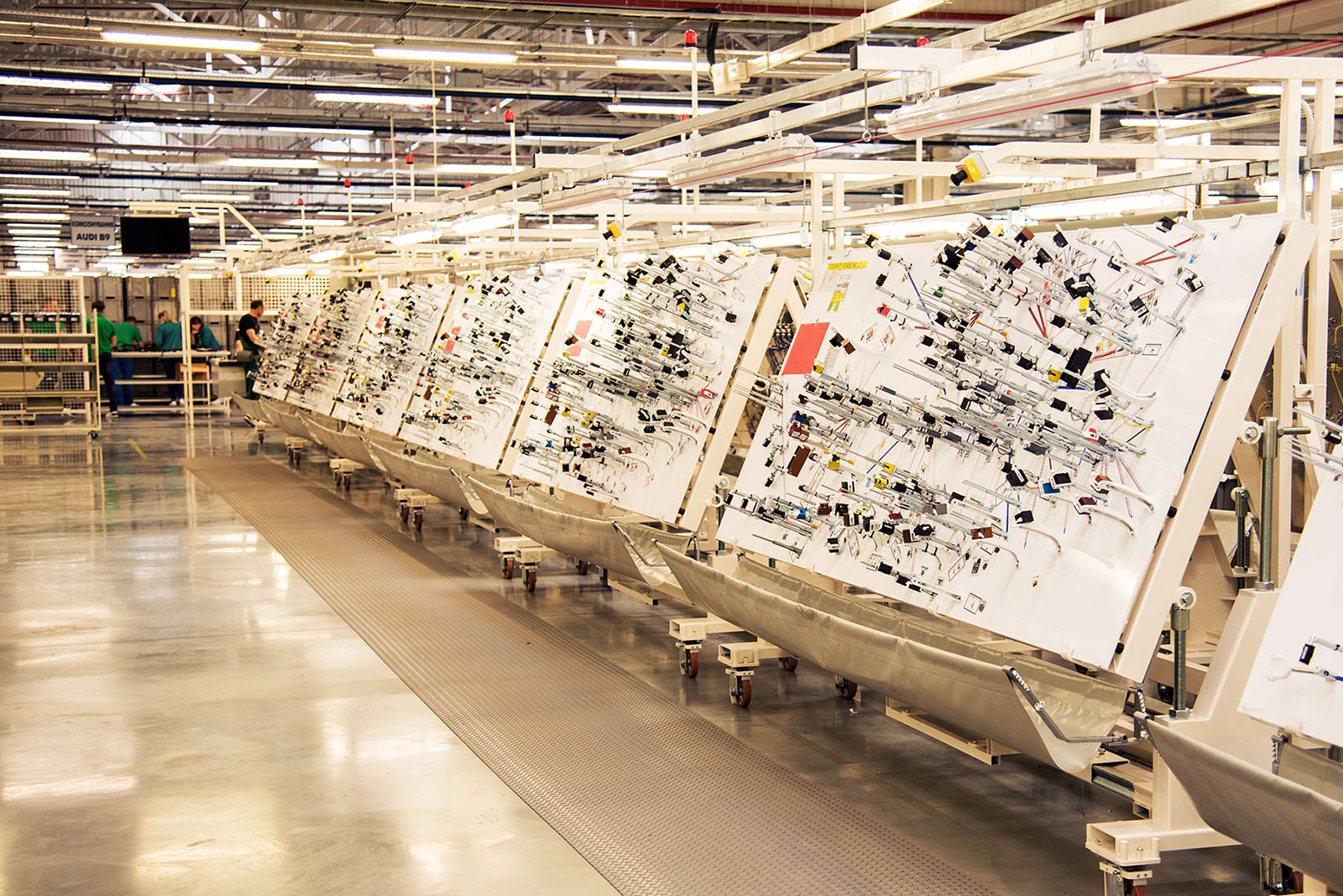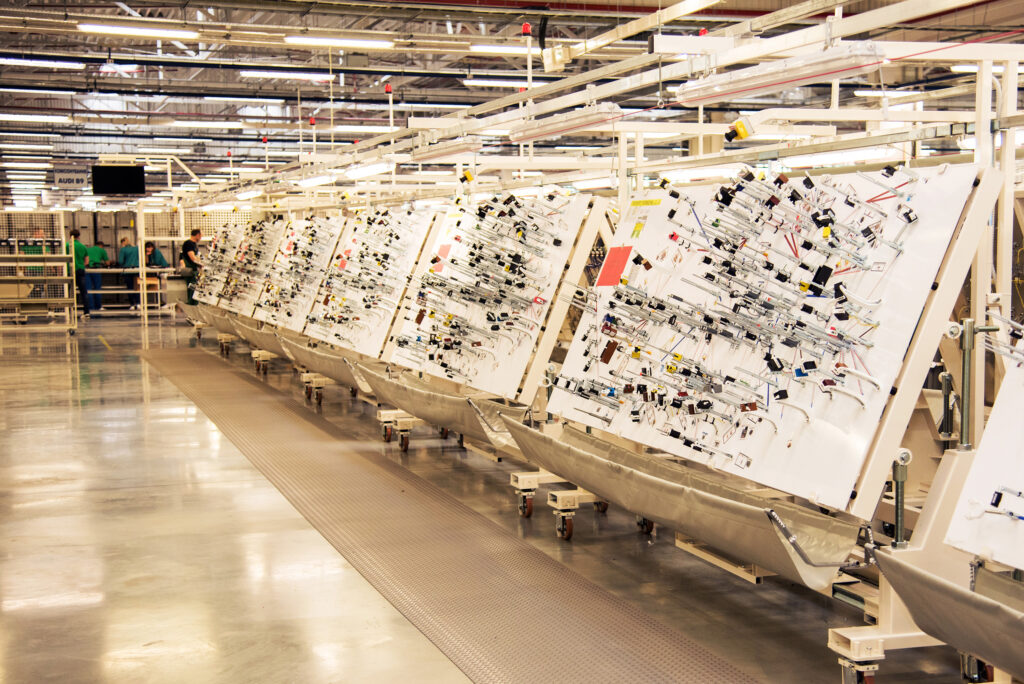Re-imagining electrical systems design

Capitalizing on current industry trends requires change. The electrical systems of modern automobiles, aircraft and industrial machines contain multiple networks, thousands of sensors and actuators, miles of wiring and tens of thousands of discrete components (figure 1). Designing these complex systems is a significant challenge in and of itself, but engineers now also must possess an understanding of how system requirements move into manufacturing and maintenance processes.

Added electrical components and sensors will require new wiring harness topologies to achieve optimal placement on the vehicle. New components will require new networks to capture and process their performance. Building the vehicles as safe as possible will demand new requirements to better fit the operating environment. And all of this needs to be done faster and more accurately than ever before, requiring new technologies to make it possible.
As a result, building the next generation of products will require meticulous traceability and improved organization. Automotive manufacturers, for example, no longer design a car and produce millions of copies. They design one of a billion, with unique vehicles rolling off the production line with unique configurations. Electrical distribution system (EDS) designs need to support these numerous product configurations while minimizing costs. Traditional EDS engineering methodologies still in use in many major industries are ill-equipped to manage this level of complexity. In particular, traditional engineering methodologies fall short in three ways: they create silos between engineering domains and abstractions, rely on labor-intensive manual processes and lack robust data continuity throughout the development flow.
Automotive electrical systems design flow
When tasked with designing an EDS and wiring harness for a new vehicle, there are four main stages to development for an electrical engineer. First, the engineer must define the electrical and electronic (E/E) architecture according to multi-domain requirements and the system-level architecture. For additional information on architectural definition, please download the whitepaper: The advantages of MBSE-driven E/E architecture development. Following the definition of the E/E architecture, development progresses through stages of detailed subsystem design (such as networks, software, and the EDS), verification and validation, and the creation of documentation for both manufacturing and service.
In a traditional engineering flow, these development stages are connected only through ad hoc interactions and manual transfers of engineering data or drawings. The various electrical domains and other engineering disciplines, such as mechanical and software, operate in silos with little to no visibility of the actions of other engineering teams.
In contrast, a model-based approach allows engineers to seamlessly leverage data from each of these stages to drive downstream processes. The architectural definition can be used by network, software, electrical and harness engineers to derive the necessary inputs to begin detailed work in each domain. Likewise, the detailed design from each electrical domain can be used, enriched and built upon for each downstream area and can be used to generate manufacturing and service documentation. A robust digital thread means that engineers no longer have to exchange this data manually, improving accuracy and ensuring the traceability of data throughout the development flow. The implementation of a model-based flow with an advanced electrical systems engineering solution, such as Capital, brings additional automation, analysis and multi-domain collaboration capabilities.
Achieving the engineering efficiency, excellence and speed needed to bring innovative products to market requires a methodology that promotes collaboration, automates processes and features robust traceability. Model-based approaches, implemented with an advanced portfolio of engineering software, provides these capabilities. They create an unbroken digital thread from vehicle requirements to functions and all the way to physical components on the vehicle. Such robust traceability ensures that vehicles leave production fully verified and validated, meeting all requirements from the manufacturer, customers, and governing authorities. As products continue to become more complex, the traceability and accelerated development cycles provided by this model-based approach and generative design will prove crucial to success.
You can learn more by downloading our whitepaper, Reimagining electrical systems design.


